For some Civilization fans, securing a cultural victory is the ultimate prize. Willing your people’s ways of life upon the rest of the world can feel supremely satisfying in these games. Civilization 7 shakes things up aplenty, however, and cultural wins feel a bit different this time around. That’s not to say they aren’t fun, but again, they’re just different.

Related
Civilization 7: Complete Beginner Guide
Civilization 7 changes a lot about the franchise, while keeping the formula the same. Here’s everything we’ve learned so far.
Although Civ 7 includes quest-like guidelines in each of its three ages for how to pursue its Legacy Paths, these instructions only pertain to true victories in the Modern Age. Here’s how to aim for a cultural victory from the very first turn.
Culture Yields Will Always Matter
It can be an easy thing to fall into the assumption that, with so many changes between ages, early yields and adjacency bonuses won’t matter in the long run. That can seem especially true when so much of your statistical progress evaporates before your eyes.
Not so! Culture yields that you gain in the Antiquity Age will frequently carry over to the Exploration Age, and from the Exploration Age into the Modern Age. Some of this will fade, but – and arguably most importantly of all – Wonders will still churn out their bonuses forever.
Build Those Wonders
Speaking of which, here’s something that, on the surface, will seem pretty obvious: build plenty of Wonders in the Antiquity Age.
Indeed, the Antiquity Age’s Cultural Legacy Path requires you to build seven; but whereas some things in Civ 7, like the codices necessary for the Antiquity Age’s Science Legacy Path, will go away during age transition, Wonders never will.
To do so, you need to strategize your way down the Antiquity Age’s civics path. Hover over each civic to find the ones which unlock Wonders.
Check the Civilopedia to make sure you have the right environment to meet a Wonder’s geographic prerequisites. If you don’t think you will, then aim for other civics.
Depending on the individual leaders, the AI can be fierce about building Wonders before you, so you’ll need to maximize your Production yield in Wonder-building cities as well. You can have all the Culture output in the world, but it won’t matter if you keep losing the race to construct these ancient marvels.
Find the civs and techs that help you with Culture buildings and Production buildings – the Monument, the Barracks, and not much else until later down the Antiquity trees – and construct those as well. The Production buildings should be constucted in the Wonder-centric city.
Keep A Keen Eye On Resources
While you’re at it, scoop up any resources that add bonuses to your Culture and Production. Slotting resources in Civilization 7 can be a bit overwhelming at first, but your cities will generally have access to these key resources so long as their origin point isn’t terribly far away.
Get those Production resources slotted into the Wonder-building city ASAP. Things are about to change in a big way heading into the Exploration Age, however…
Between Ages
Once the Exploration Age is upon you, your mission objective for the Cultural Legacy Path will shift entirely. If you’ve played your hand right and built plenty of Wonders, you’ll have access to a wider variety of Culture Legacy Cards, including the powerful Golden Age Cultural Legacy Card.
Make sure you grab that, and have enough Amphitheaters built before the end of the Antiquity Age to actually benefit from the Golden Age Cultural Legacy Card letting you continue to gain Culture from them.

Related
Civilization 7: Diplomacy, Explained
Here’s a complete guide to the new diplomacy system in Civilization 7.
The Relic Wars
When the Exploration Age begins, your Culture Legacy Path’s objective shifts to religion. You’ll need 12 Relics, and slots to display them. With a couple of exceptions, you’ll gain Relics and Relic slots separately via techs, civics, buildings, and wonders.
But your biggest source of Relics will come via converting settlements that don’t belong to you through your chosen religion, which you’ll not be able to found until you’ve studied Piety, an early Exploration Age civic.
When you’ve founded your religion, choose your beliefs carefully to fit your game style. The reliquary belief is the most important here, because it’ll determine which types of settlements you’ll need to convert in order to obtain relics.
Check the map, read the descriptions, and choose the one that works best for your situation. It won’t hurt to choose Culture bonus religious beliefs for the rest of your options, seeing as you’ll hopefully still have plenty of that going around.
As for those aforementioned Relic slots, well, find the buildings that’ll house them, beeline those techs and civics, and build them wherever you can. These will often be Wonders, which means your higher-Production cities will work well here, which will likely include the one in which you built Wonders in the Antiquity Age.
Depending upon how things progress for you, you may end up having a harder time securing Relic slots than the Relics themselves. If that happens, don’t sweat it; it’s a chicken-or-the-egg type situation, and you’ll get there when you get there.
Natural History
Carry those Cultural Legacy Path cards forward as best you can as you enter the Modern Age, the third and final era in Civilization 7. Here, again, your objective will change dramatically. This time, you need to dig up and display a total of 15 Artifacts, and once you’ve done so, construct the World’s Fair Wonder.
Not unlike the Treasure Fleet objective for the Economic Legacy Path during the Exploration Age, there are important prerequisites involved and getting your Artifact-gathering operation online.
Your first goal is to research Natural History. Without it, you can’t train Explorers, who are – this one’s for Civ vets – akin to Civilization 6’s Archaeologist unit.
This next bit may go one way or the other for you. In our experience, Exploration Age Artifacts will be strewn across the map from the start of the age; other sites report that they won’t appear until you’ve trained an Explorer and sent them to a Museum. Either way, you’ll see them eventually.
Museums And The World’s Fair
Once you’ve got a few Explorers, send them out for Exploration Age Artifacts and construct Museums via the Hegemony civic. These are required in order to view Antiquity Age Artifacts, and you’re going to need to dig these up as well to reach that 15-count goal.
You can keep tabs on how many Artifacts remain for you to dig up in each continent by pulling up the Continents on the mini-map.
If you’re like us, none of this stuff will have made sense to you organically before some trial and error, so learn from our mistake – don’t send your Explorers off to Antiquity Age Artifacts until you’ve sent them to Museums for proper training. You’ll have wasted precious turns.
With 15 Artifacts secured, the World’s Fair will be unlocked for construction. In this final phase of Civ 7’s Cultural VIctory Path, the goal is the simplest it’ll ever be: you just need to build the World’s Fair. The only way there’ll be competition for this is if another civ has hit the 15 alongside you, but we’ve never seen that happen.
The game will end the moment this Wonder is constructed, so if there’s anything else you’d like to do, try to get it done beforehand!
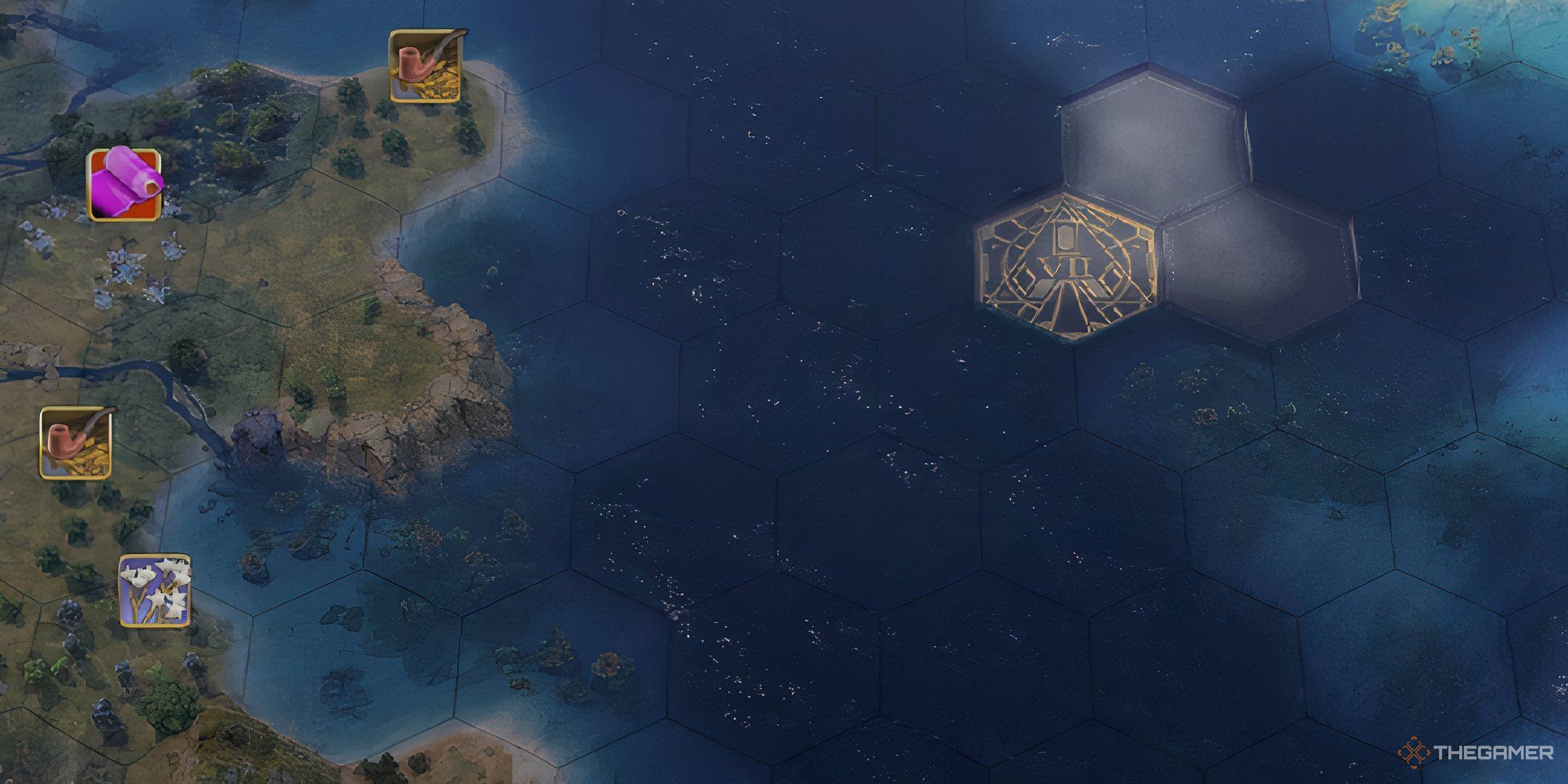
Next
Civilization 7: Every Map Type, Explained
Feeling a bit bewildered by Civilization 7’s available map types? So did we.
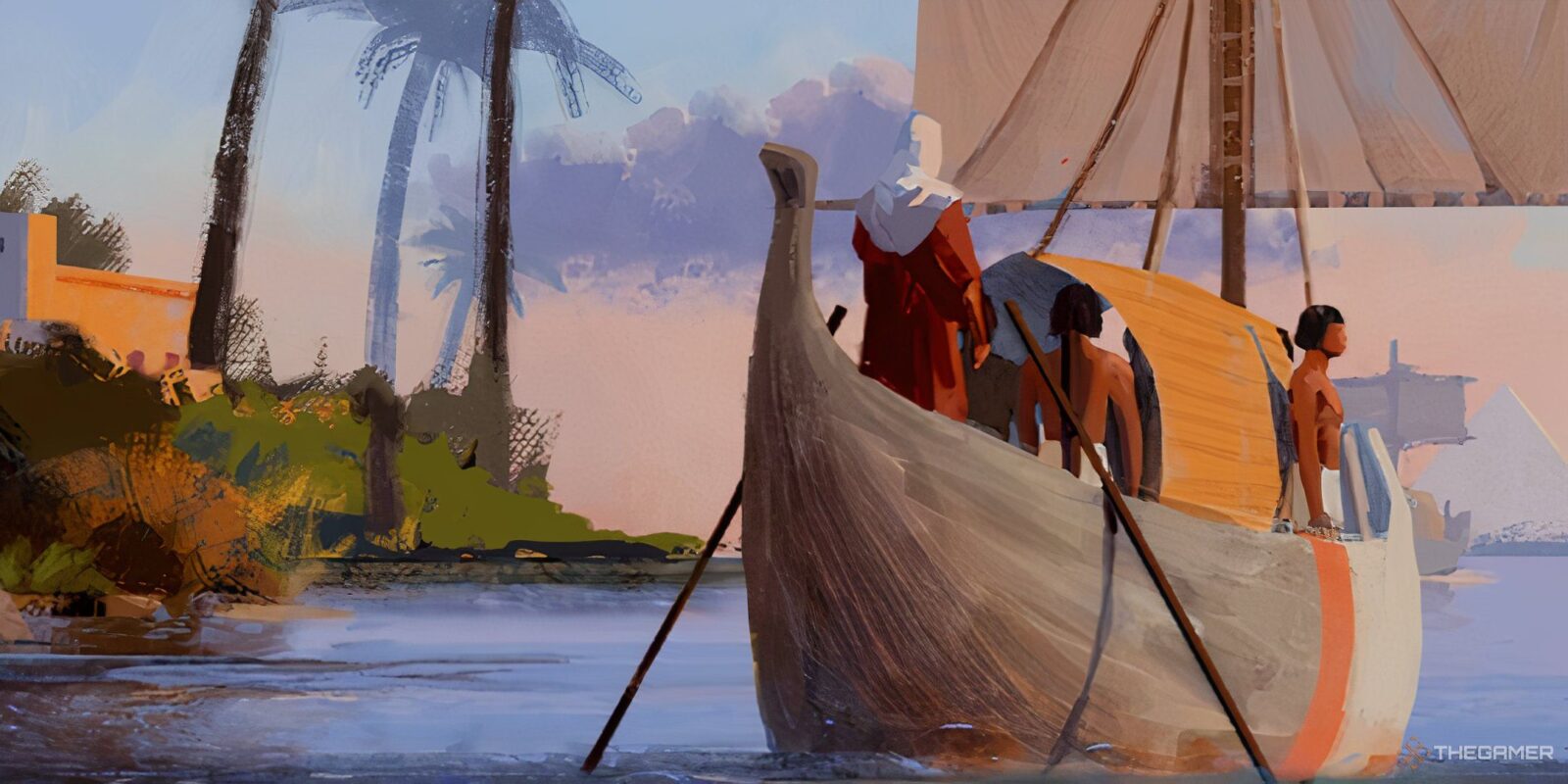

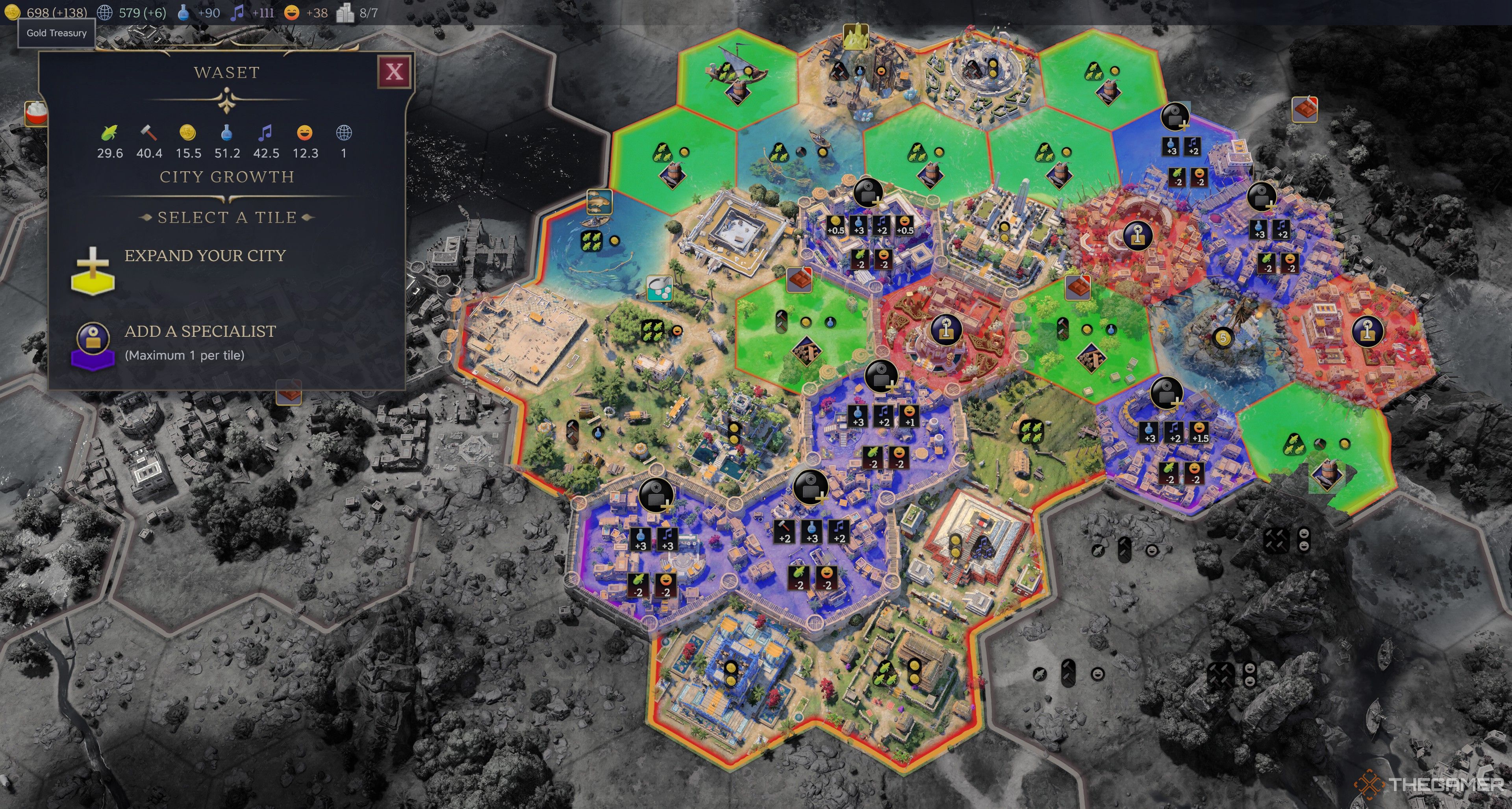
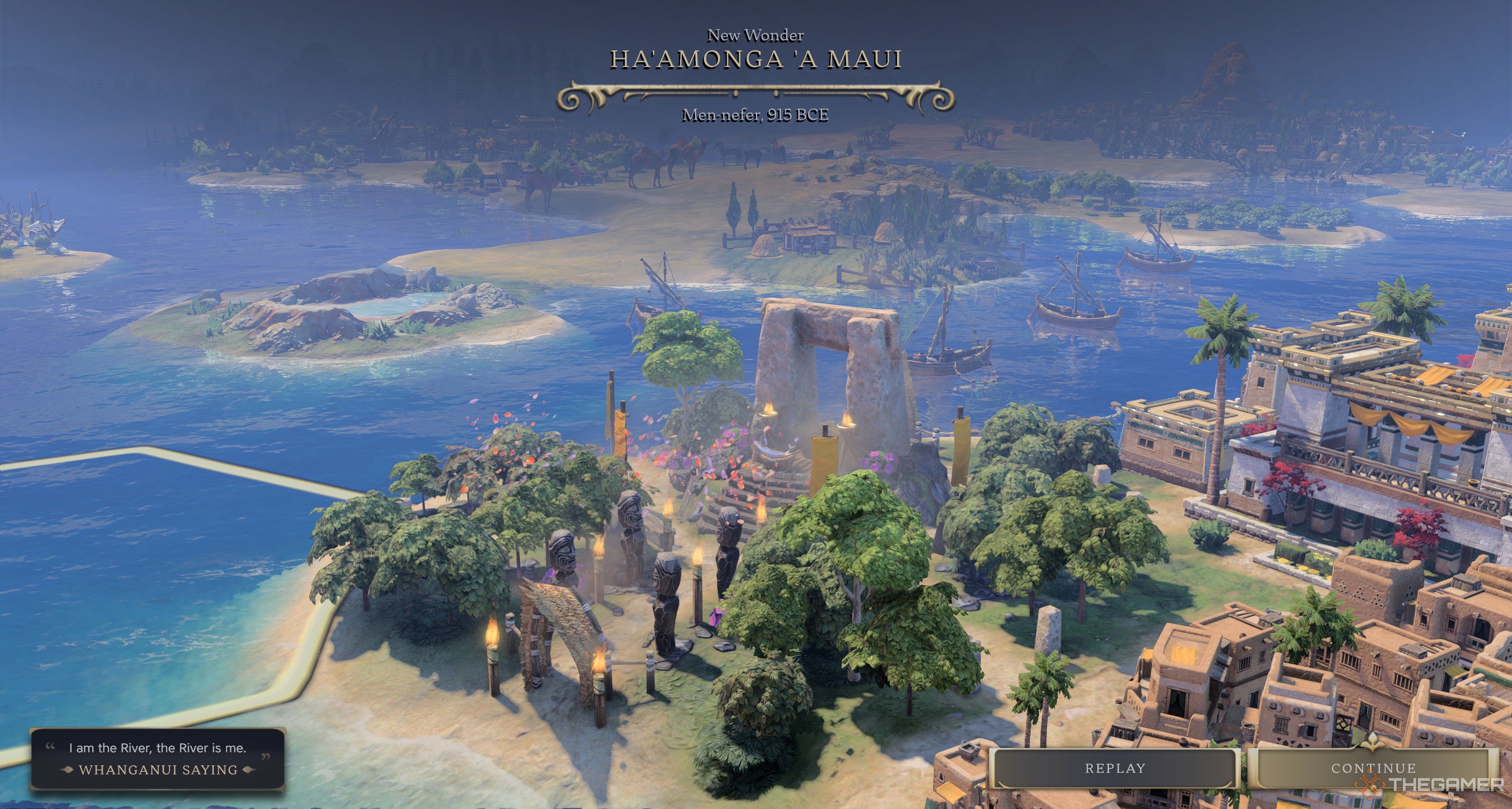
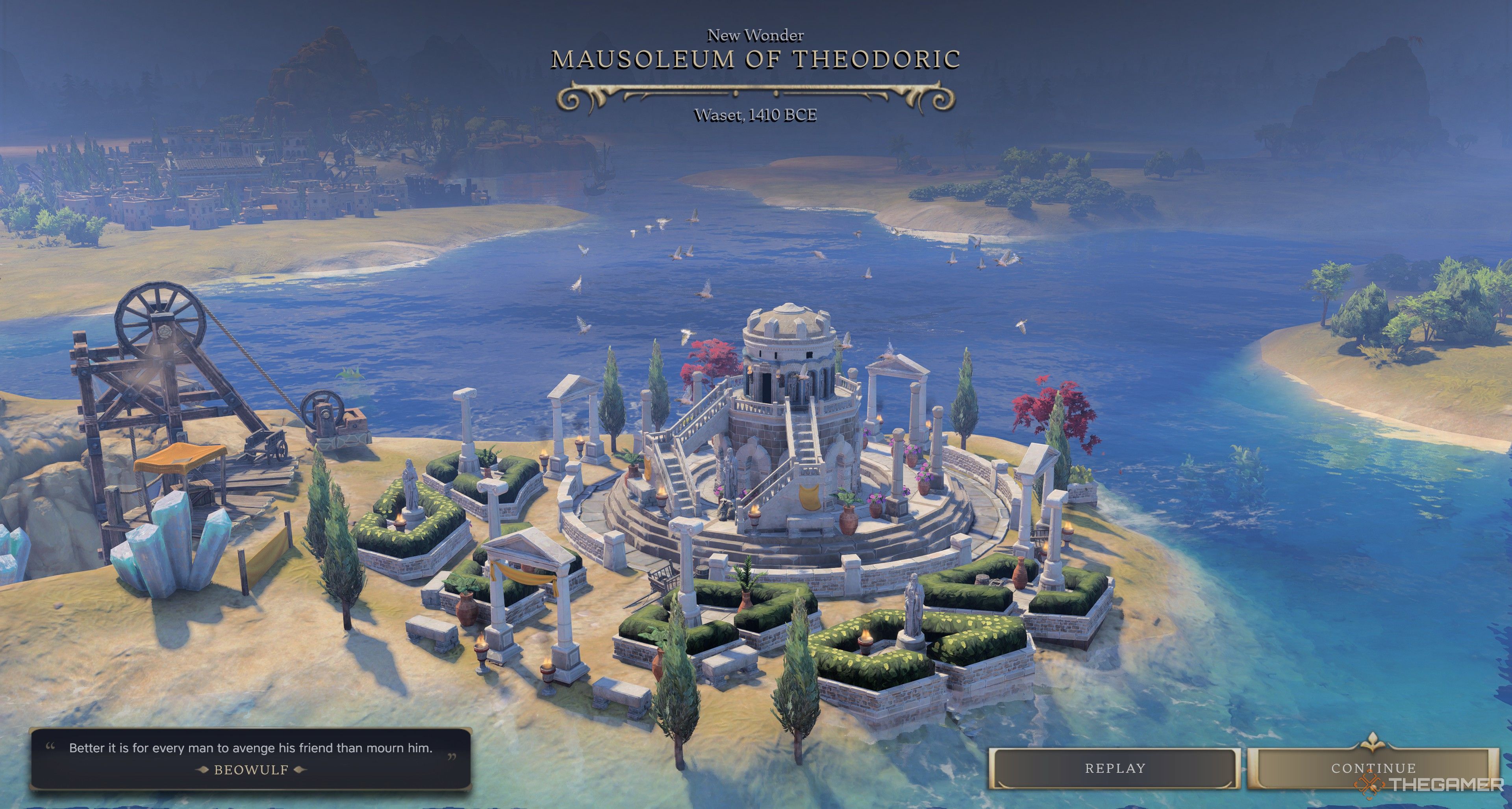
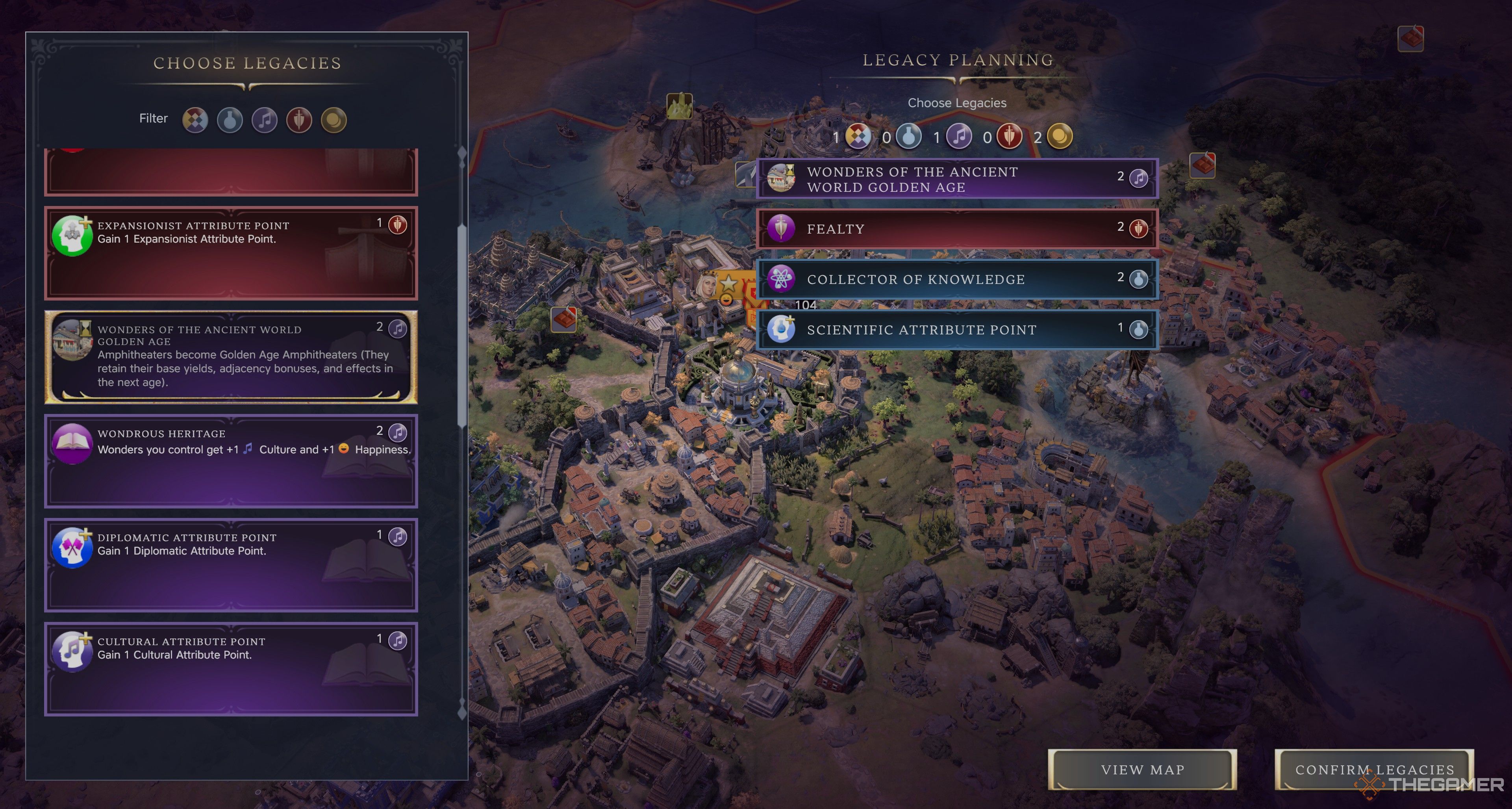
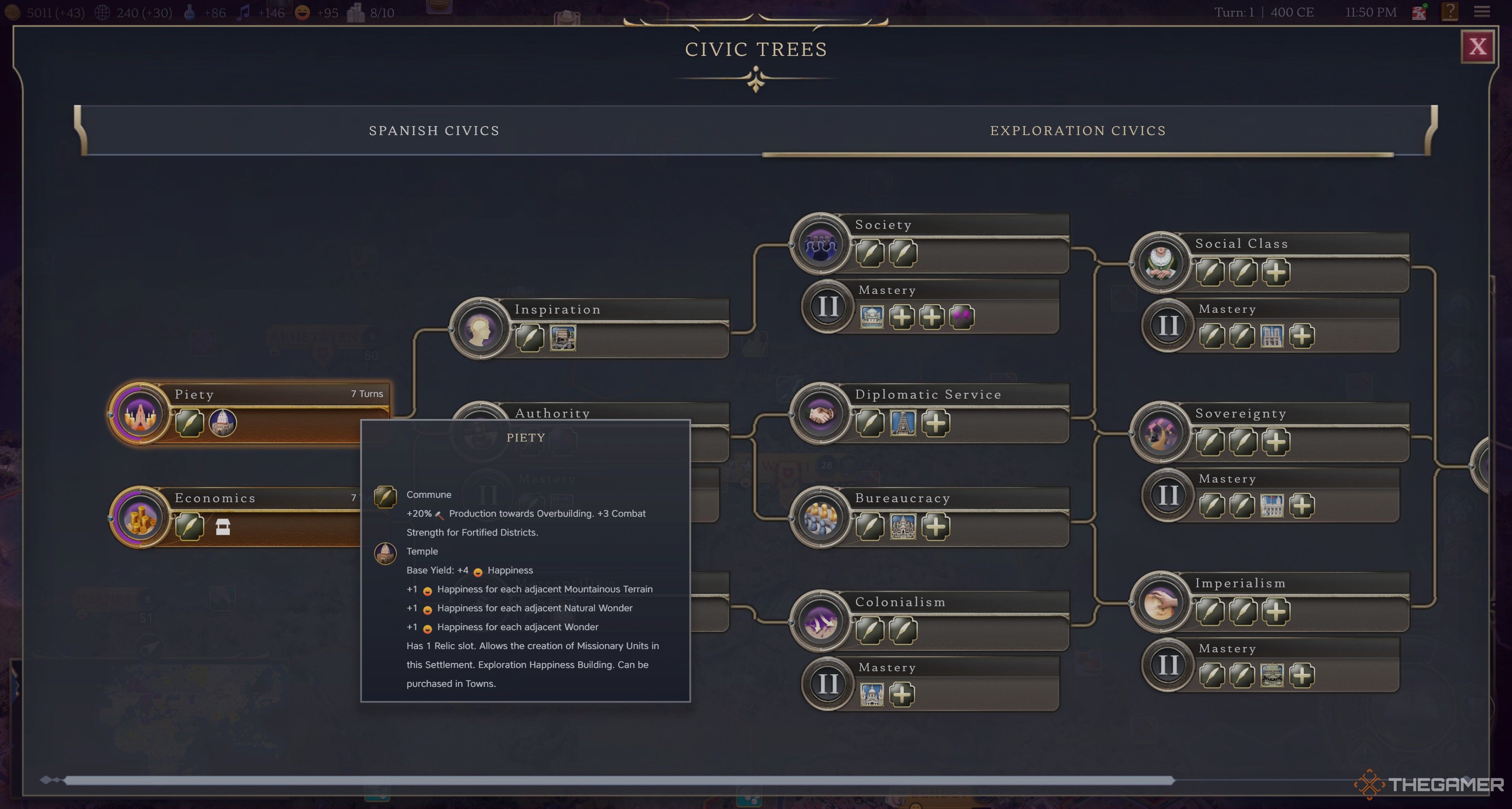
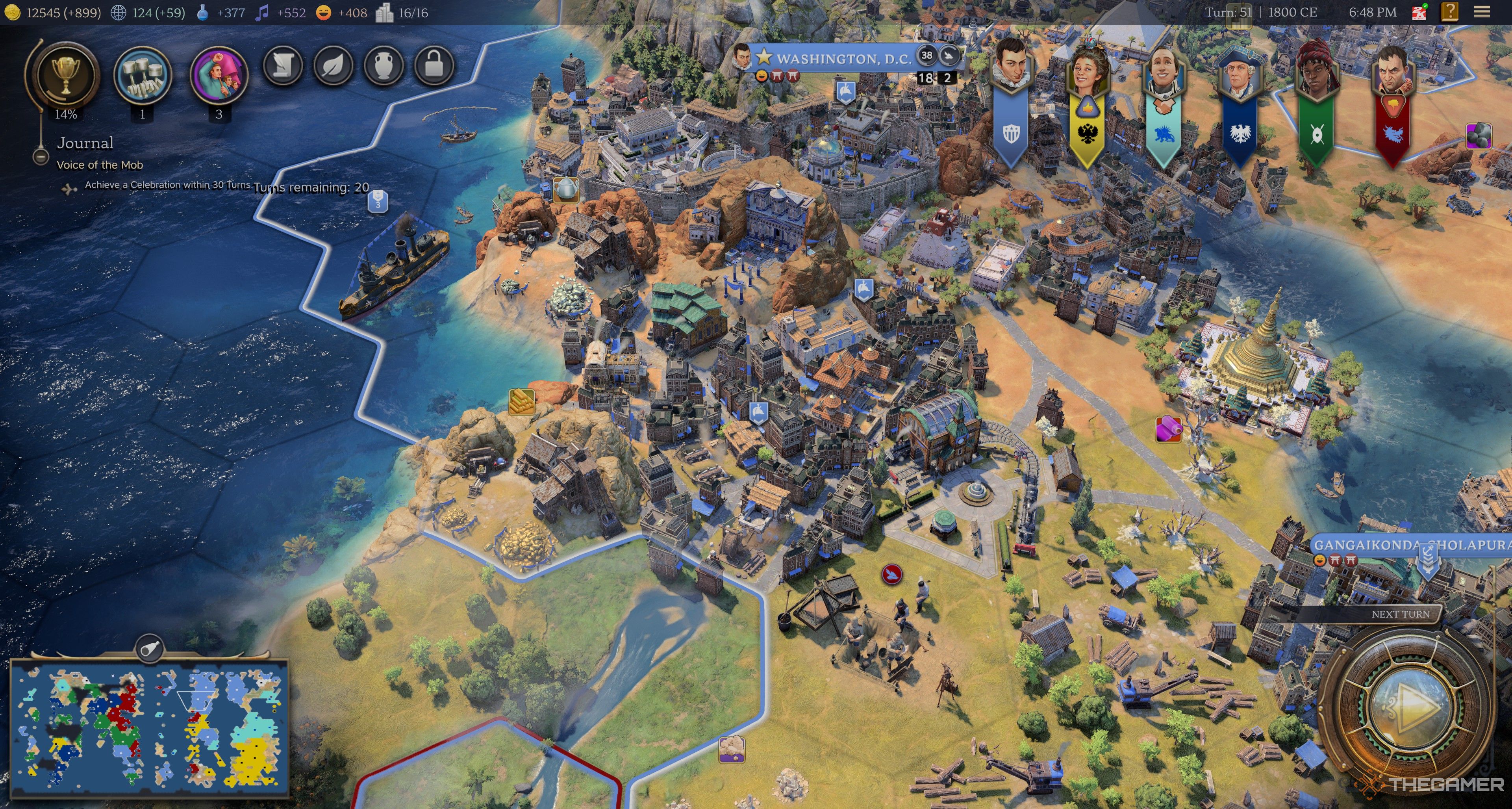
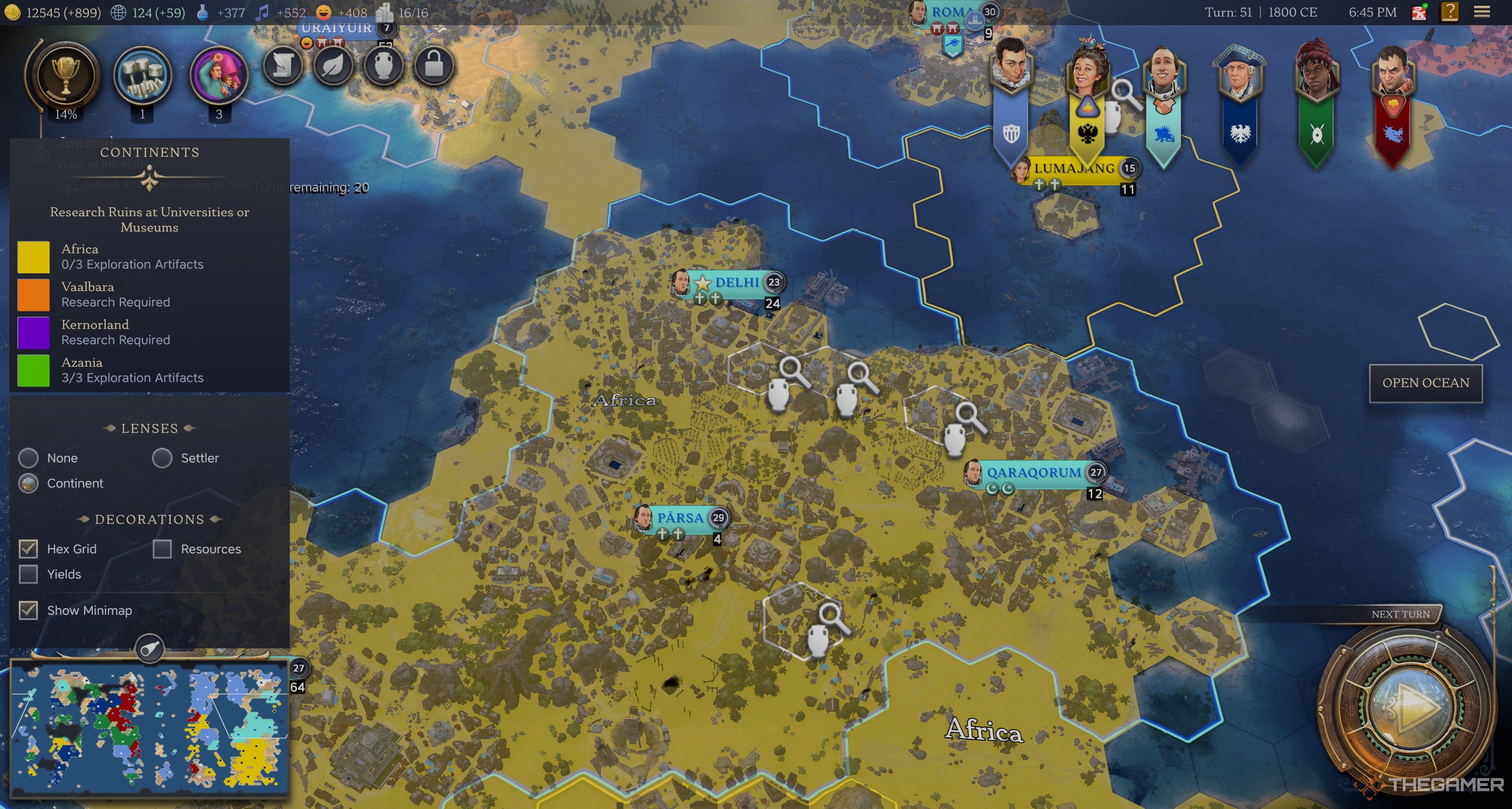








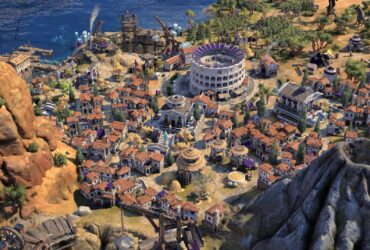
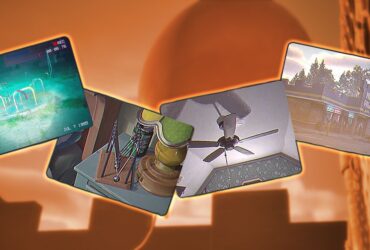
Leave a Reply